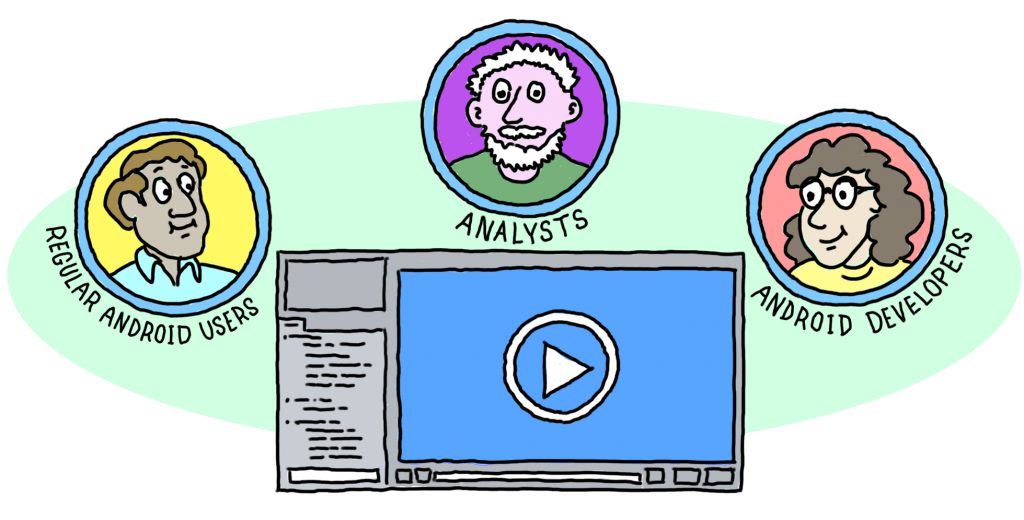BenchmarkXPRT is a suite of performance testing tools designed to evaluate the capabilities of devices we use every day, including PCs, tablets, and smartphones. Recently, we created an e-learning course for one of these tools, BatteryXPRT. This course needed to educate three different types of audiences, each with different goals and levels of technical understanding:
Regular Android users: Those who want to run the test and understand what the results mean in a general way.
Analysts: Those who want an in-depth, technical understanding of the results.
Android developers: Those who want to build the BatteryXPRT tool itself from source code.
Our goal was to create a single course that would be useful to all of them.
In corporate IT training this is a common challenge. When a new product launches, it impacts multiple audiences inside each business unit, from sales account managers to technical sales engineers. Each role requires different information about the same product or solution, because each has different needs, but creating separate courses can increase cost and development time.
To meet our goal and also control costs, we created our course one audience at a time.
A key challenge was to identify both individual and group learning objectives.
Ideally, you start by identifying every single audience type you’re trying to reach and creating learning objectives that target their specifics goals. Then, you determine objectives that support the entire group. Once you have pinpointed common objectives and individual goals, you can design different paths in your course to support the various groups.
To see how we incorporated this concept, check out the BatteryXPRT course
The user interface is designed so that learners can follow their own path. It also quickly identifies common learning objectives. You will find descriptions of each individual path and learning goal when you navigate to the “Choose a unit” section. We list common objectives separate from two distinct learning paths, making knowledge easily accessed for all three types of learners.
This approach allows you to consolidate all learning objectives for each audience type into a single course, and it saves you money and time by not having to duplicate development efforts. Consider this option the next time you need to train multiple audience types, have a limited budget, or need to meet aggressive timelines.








